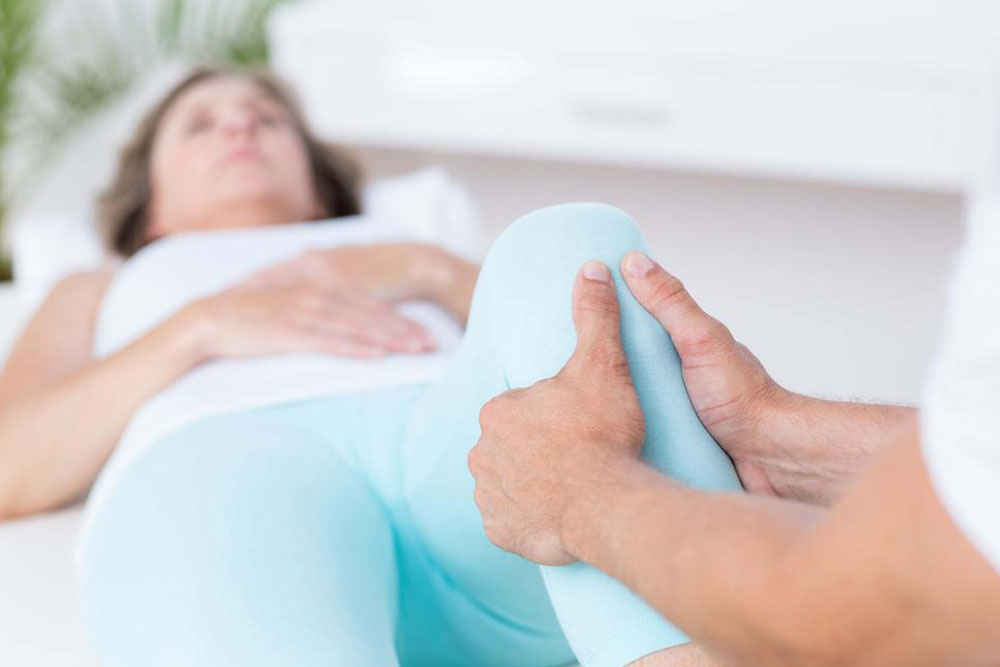Effective Natural Strategies to Alleviate Restless Leg Syndrome Symptoms
Discover effective natural strategies to manage Restless Leg Syndrome, including dietary changes, supplements, sleep hygiene, and physical activities. These holistic approaches can significantly reduce symptoms and improve sleep quality, enhancing overall well-being for those affected by RLS. Learn how lifestyle modifications can provide relief without relying solely on medication.

Effective Natural Strategies to Alleviate Restless Leg Syndrome Symptoms
Restless Leg Syndrome (RLS), also known as Willis-Ekbom disease, is a neurological disorder that affects a significant portion of the population worldwide. Its hallmark symptom is an uncontrollable urge to move the legs, often accompanied by uncomfortable sensations such as tingling, crawling, or itching. These sensations tend to worsen during periods of rest or inactivity, especially in the evening and during nighttime, leading to disrupted sleep patterns and decreased quality of life.
Understanding how to effectively manage RLS through natural, lifestyle-based approaches can significantly improve the daily comfort and sleep quality of affected individuals. Since RLS can be persistent and sometimes debilitating, combining multiple natural strategies may offer the best results for symptom relief.
Restless Leg Syndrome is a common neurological disorder that affects both men and women, with a higher prevalence observed among women. Its symptoms are often more intense or frequent during the evening and nighttime hours, leading to significant sleep disturbances. Studies suggest that approximately 10% of the general population experiences RLS at some point in their lives, with incidence increasing with age, particularly among middle-aged and older adults. The condition can range from mild to severe, affecting daily activities and overall well-being.
Diagnosing RLS can sometimes be challenging due to the variability of symptoms and overlap with other conditions such as peripheral neuropathy or sleep disorders. Its exact cause remains unknown, but several factors are known to influence its development and severity. Pregnancy, particularly in the third trimester, is a known trigger for RLS symptoms, which often resolve after childbirth. Additionally, certain medications—like antidepressants, antihistamines, and anti-nausea drugs—can exacerbate symptoms. Chronic health conditions such as diabetes, kidney failure, Parkinson’s disease, and iron deficiency anemia have also been linked to RLS, suggesting a multifactorial etiology.
While pharmacological treatments are available, many individuals seek natural remedies to minimize medication dependence and manage symptoms more holistically. Below are some of the most effective natural strategies that can help alleviate the symptoms of RLS and improve sleep quality.
Dietary Modifications: The consumption of certain foods and beverages can influence RLS symptoms. Stimulating substances like caffeine, nicotine, and alcohol can worsen leg discomfort and interfere with restful sleep. It is advisable to limit or eliminate these from your diet. Additionally, reducing intake of processed foods high in sugar and additives can have beneficial effects. Emphasizing a diet rich in fruits, vegetables, lean proteins, and whole grains supports overall health and reduces inflammation, which may help in managing RLS.
Supplementation and Nutritional Support: Nutrient deficiencies, especially iron deficiency and low magnesium levels, have been associated with RLS symptoms. Supplementing with iron—after consulting with a healthcare professional—can sometimes significantly reduce symptoms. Magnesium, known for its muscle-relaxing properties, may also be beneficial. Folic acid and vitamin B complex supplements are essential, especially for individuals with deficiencies, as they support nerve health and muscle function. A balanced diet and appropriate supplementation can play vital roles in controlling RLS symptoms.
Optimal Sleep Hygiene Practices: Establishing a consistent sleep routine is critical for managing RLS. Going to bed and waking up at the same time every day strengthens your circadian rhythm and enhances sleep quality. Creating a relaxing bedtime environment—dim lighting, comfortable bedding, and a cool room temperature—can promote better sleep. Avoiding screens and stimulating activities before bedtime is equally important, as blue light exposure interferes with melatonin production. Incorporating relaxing techniques such as gentle stretching, meditation, or deep breathing exercises can help reduce leg movements and ease the transition into sleep.
Physical Activities and Relaxation Techniques: Regular, moderate exercise can improve blood circulation, reduce stress, and diminish RLS symptoms. Activities like walking, swimming, or yoga are excellent options. However, intense exercise close to bedtime may provoke symptoms, so timing is key. Massage therapies, hot or cold compresses, and stretching exercises can provide targeted relief from leg discomfort. Engaging in relaxation techniques such as progressive muscle relaxation or mindfulness meditation can also help alleviate symptoms and encourage better sleep.
Additional Lifestyle Tips: Managing stress through mindfulness practices, maintaining a regular routine, and avoiding activities that increase leg discomfort are essential components of a natural RLS management plan. Staying well-hydrated and avoiding excessive alcohol or caffeine intake in the evening can further improve symptoms. For some individuals, gait training or using compression stockings may provide additional relief, especially during periods of prolonged inactivity.
Combining these natural remedies and lifestyle modifications offers a comprehensive approach to managing Restless Leg Syndrome effectively. While individual responses vary, persistent efforts to improve diet, sleep hygiene, physical activity, and stress management can lead to meaningful symptom reduction, increased comfort, and better sleep quality, ultimately enhancing overall quality of life.





